Plants, like people, can be sensitive to changes in their surroundings. Whether it’s the transition from summer’s blazing heat to autumn’s cool breeze or the move from indoor warmth to spring’s outdoor sunshine, seasonal shifts can stress your plants. However, with careful planning and the right approach, you can help them adjust smoothly and continue to thrive all year round.
This guide covers everything you need to know about how to move plants safely during seasonal changes—from understanding their needs and minimizing shock to preparing the perfect environment for a stress-free transition.
1. Understanding Why Seasonal Shifts Affect Plants
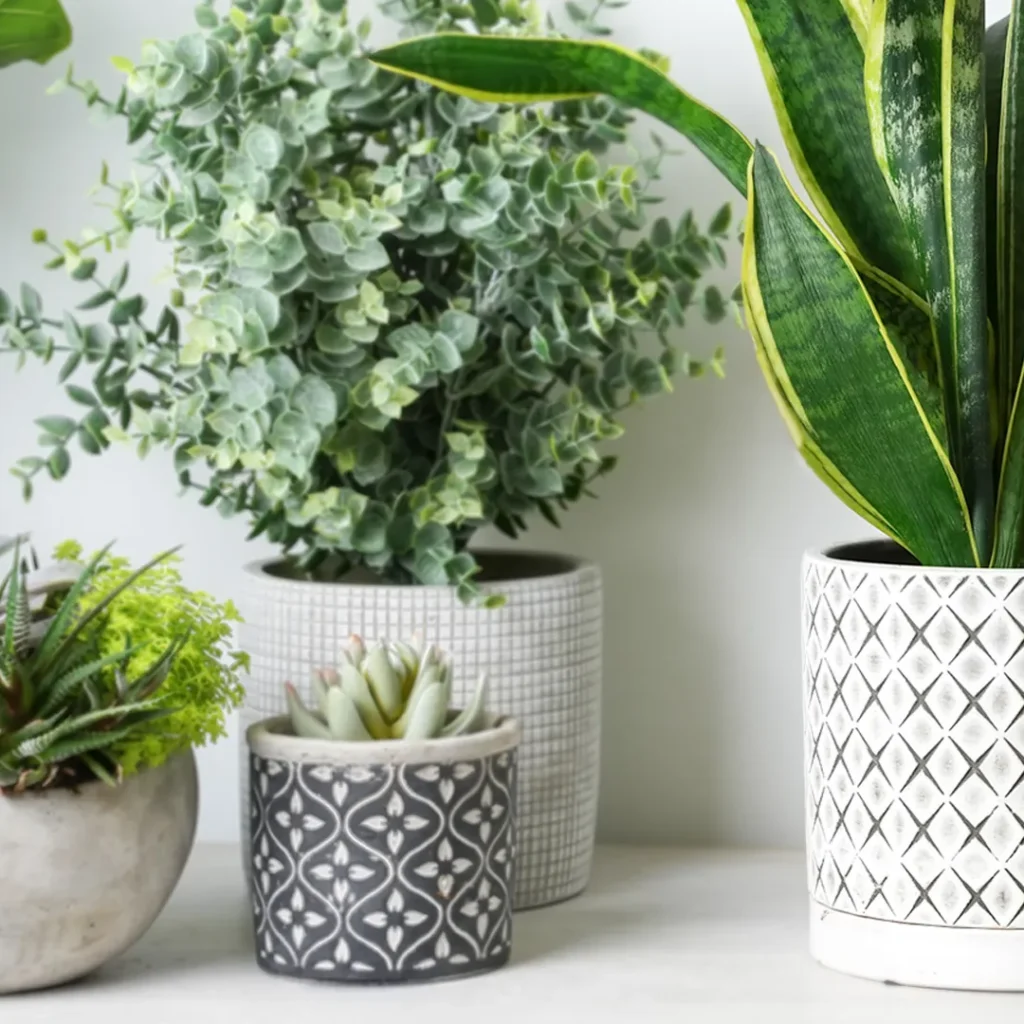
Before moving your plants, it’s important to understand how seasonal changes impact them. Each season brings unique temperature, humidity, and light variations that can affect plant health.
- Temperature changes: Sudden exposure to heat or cold can shock plants. Tender indoor species like tropical houseplants are especially vulnerable to chilly drafts or frost.
- Light fluctuations: As daylight hours shorten in fall or lengthen in spring, plants may struggle to adapt to new light conditions.
- Humidity levels: Winter heating and summer air conditioning can dry out the air, while rainy seasons may increase humidity beyond what some plants prefer.
- Soil moisture: Seasonal evaporation rates vary, affecting how quickly the soil dries out.
Recognizing these shifts allows you to plan movements strategically, reducing the stress plants experience.
2. Assessing Which Plants Need to Be Moved
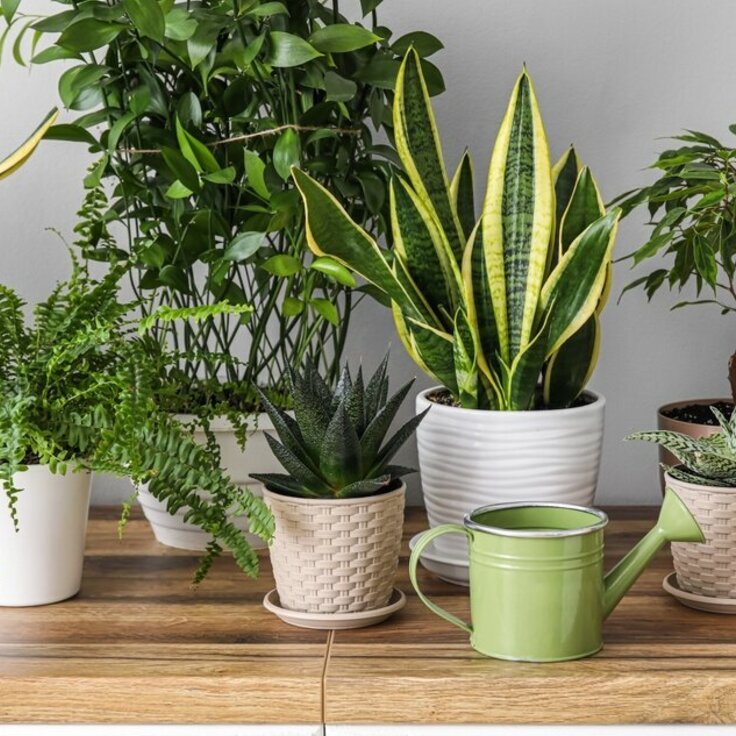
Not every plant needs relocation during seasonal transitions. Identify which ones are most affected by changes:
- Tender tropical plants (like Monstera, Calathea, or Fiddle Leaf Fig) need protection from cold drafts and must move indoors before temperatures drop below 50°F (10°C).
- Outdoor annuals (such as petunias or impatiens) may not survive frost, so they can be overwintered indoors or replaced the next season.
- Hardy perennials can stay outdoors but may need mulch protection around the base.
- Indoor plants may need repositioning closer to windows during winter to maximize light exposure.
Take note of your region’s average seasonal temperature range to determine which plants should be relocated and when.
3. Timing the Move Correctly
Timing is everything when relocating plants. Moving them too abruptly from one environment to another can cause transplant shock or leaf drop.
- Spring Transition (Indoors → Outdoors): Wait until nighttime temperatures remain consistently above 55°F (13°C). Start by placing plants outdoors for a few hours each day in partial shade, gradually increasing their exposure to sunlight and outdoor conditions over one to two weeks.
- Fall Transition (Outdoors → Indoors): Before the first frost, start bringing plants inside gradually. Move them to a shaded porch or covered area for a few days, then indoors. This helps them adapt to reduced light and humidity levels.
A gradual adjustment—usually over 7–10 days—helps plants acclimate without stress.
4. Preparing Plants for the Move

Before you move any plant, give them the care they need to handle the transition:
a. Inspect for Pests
Check leaves (especially undersides), stems, and soil for insects like spider mites, aphids, or mealybugs. Wipe the leaves with a damp cloth, and if necessary, use an organic insecticidal soap.
b. Prune and Clean
Trim off dead or damaged leaves and spent flowers. Clean dusty leaves gently with water to help plants breathe and photosynthesize better in their new environment.
c. Repot if Necessary
If roots are growing out of drainage holes or the plant seems too crowded, repot it before the move. However, avoid repotting right after relocation—plants need time to settle before handling additional stress.
d. Water Strategically
Water thoroughly a day before the move, allowing soil to drain properly. Avoid moving plants with soggy soil, as wet roots are more vulnerable to damage during transport.
5. Creating the Ideal New Environment
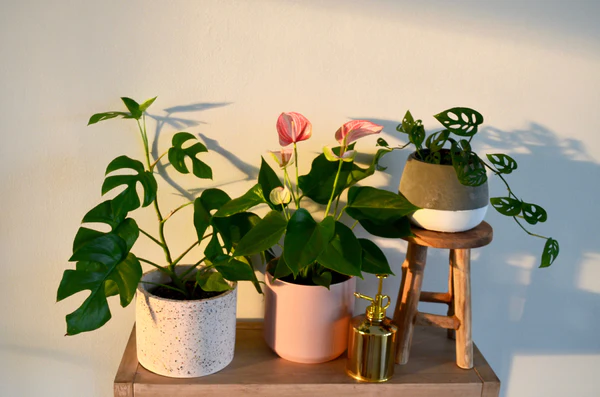
Each move—whether to a sunny patio or a cozy windowsill—requires careful environmental matching. Observe the following factors:
a. Light
- For indoor moves, find the brightest location that suits your plant type. South- or east-facing windows work best for most species.
- For outdoor moves, avoid direct harsh sun exposure immediately. Gradual sun introduction prevents leaf scorch.
b. Temperature
Keep plants away from direct air vents, heaters, or drafty windows indoors. Outdoors, place them in sheltered spots during extreme heat or cold.
c. Humidity
Indoor heating in winter can cause dry air, leading to crispy leaf edges. Group plants together, use pebble trays filled with water, or run a humidifier to maintain comfortable moisture levels.
d. Air Circulation
Ensure good airflow, especially in humid conditions, to prevent mold or fungal diseases. A small fan can help circulate air indoors.
6. Transporting Plants Safely
When physically moving plants—whether across the house, to a patio, or into storage—handle them with care.
- Use sturdy containers: Move pots in trays or boxes lined with newspaper to prevent tipping.
- Support tall plants: Tie long stems gently with soft twine to avoid breakage.
- Avoid extreme temperatures: Never move plants during the hottest part of the day or when it’s freezing.
- Cover fragile foliage: For outdoor moves, use light cloth or paper covers to protect leaves from windburn or sun scorch.
If you’re moving plants between homes or greenhouses, keep them shaded and hydrated during transport.
7. Helping Plants Adjust After the Move
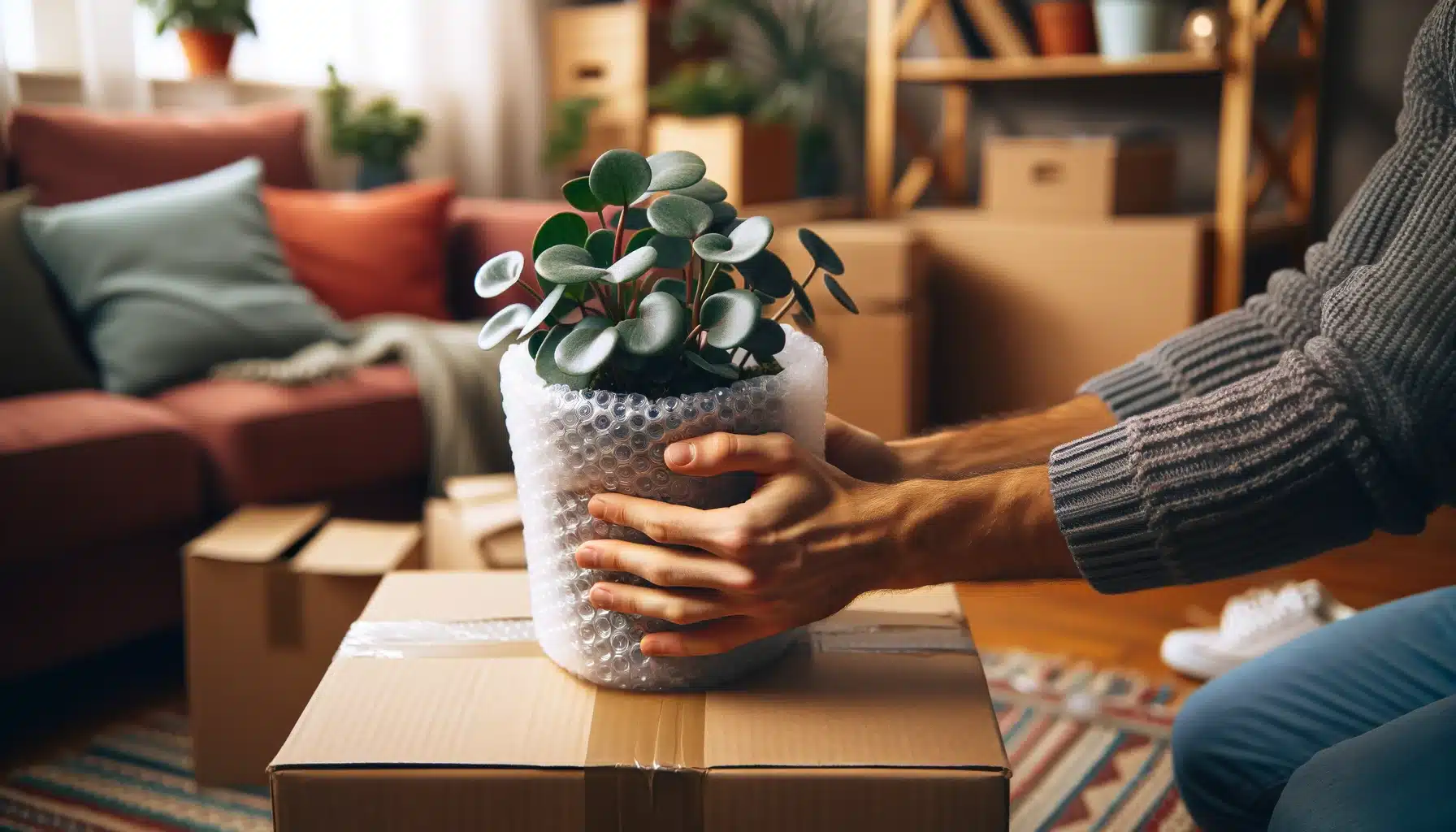
Once the move is complete, your plants need time to settle in. Expect minor changes—like a few yellow leaves or slower growth—but help them recover by maintaining consistent care.
a. Observe Closely
Watch for signs of stress such as drooping, discoloration, or wilting. Adjust light, temperature, or watering if needed.
b. Maintain Watering Balance
Avoid overwatering, as roots might take time to adjust. Check soil moisture before each watering—moist but not soggy is best.
c. Gradual Feeding
Wait at least two weeks before fertilizing newly moved plants. Once they start producing new growth, resume a balanced feeding schedule.
d. Rotate Regularly
Turn plants weekly to encourage even light exposure and symmetrical growth, especially indoors where sunlight is directional.
8. Special Considerations for Different Seasons
Each season demands a tailored approach to plant movement and care.
Spring
- Gradually reintroduce sunlight to wintered plants.
- Begin fertilizing to support new growth.
- Watch for pests as outdoor temperatures rise.
Summer
- Protect shade-loving plants from scorching midday sun.
- Maintain humidity and consistent watering to combat heat stress.
- Move sensitive plants indoors during heatwaves.
Autumn
- Start reducing watering and fertilizer as growth slows.
- Bring tender species indoors before the first frost.
- Check for bugs before moving plants inside.
Winter
- Position plants near bright windows to compensate for shorter days.
- Maintain humidity with trays or humidifiers.
- Avoid cold drafts and sudden temperature drops.
Adapting your plant care routine with the season ensures long-term health and year-round beauty.
9. Common Mistakes to Avoid
Even experienced gardeners sometimes make missteps when moving plants. Avoid these common pitfalls:
- Moving too quickly: Sudden exposure to new conditions leads to shock.
- Ignoring pests: Indoor infestations often start with unchecked outdoor plants.
- Overwatering after relocation: Roots under stress need oxygen as much as moisture.
- Placing plants in unsuitable light: Adjust light exposure slowly to prevent leaf burn or drop.
A little patience and observation can make a huge difference in how successfully your plants adapt.
10. The Rewards of Seasonal Movement
Moving plants with the seasons isn’t just a necessity—it’s a way to create dynamic, healthy, and ever-changing greenery in your home or garden. Seasonal shifts allow plants to rest, regrow, and thrive in sync with nature’s rhythm. By paying attention to their environmental cues and adjusting carefully, you’ll enjoy lush foliage, vibrant blooms, and thriving roots year-round.
Final Thoughts
Learning how to move plants safely during seasonal shifts is about building a partnership with nature. You’re not just relocating greenery—you’re helping living organisms adjust, adapt, and flourish despite changing conditions. With patience, planning, and gentle transitions, your plants can sail smoothly through every season—stronger, healthier, and more beautiful than ever.
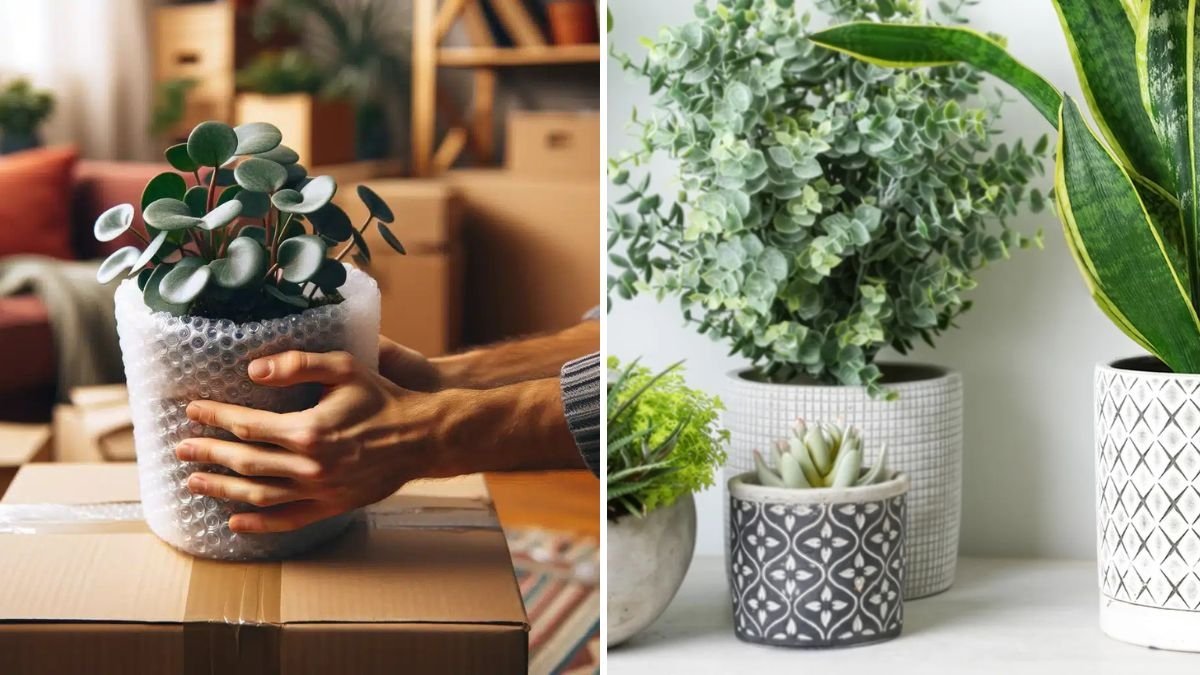




Leave A Comment